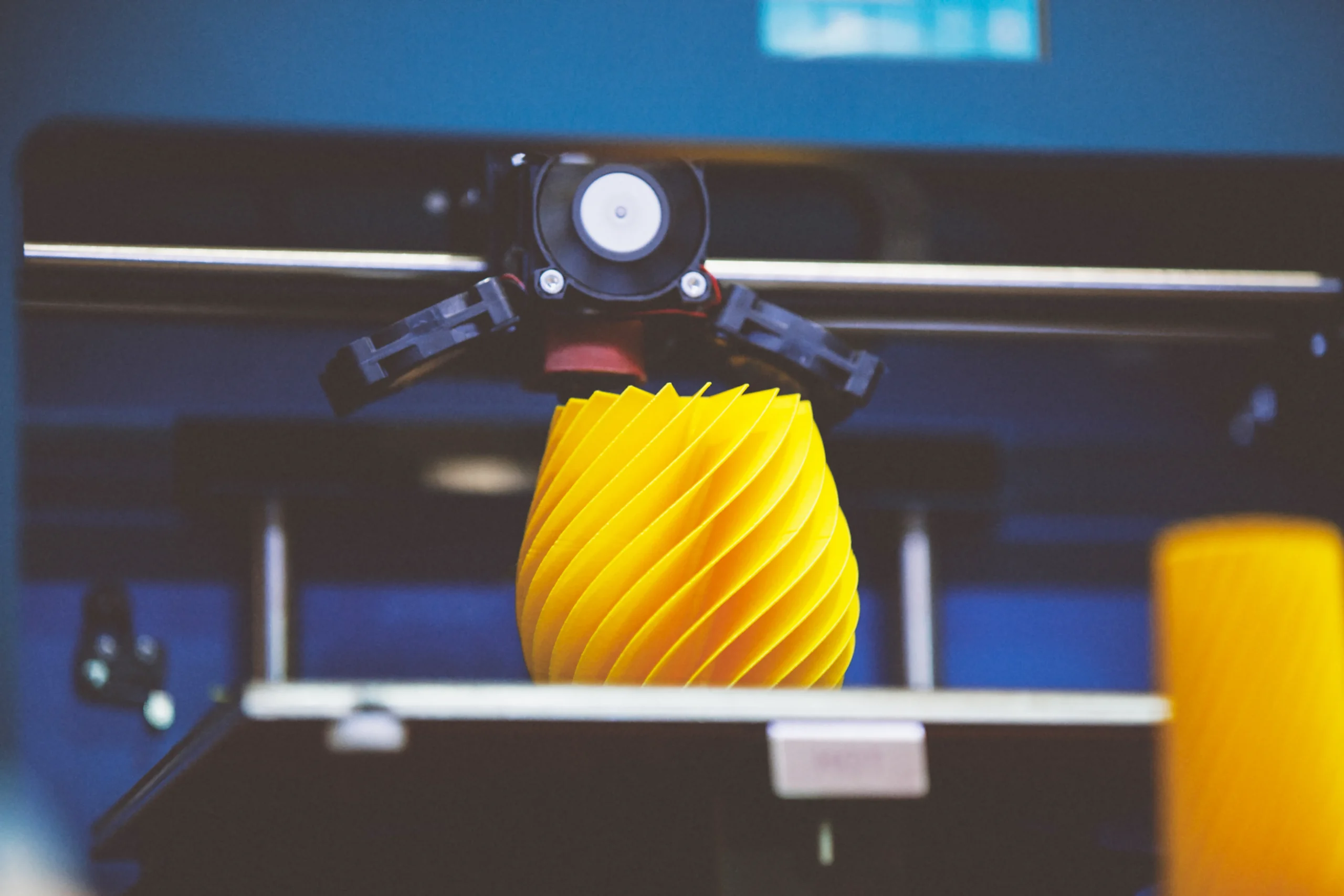
Summary
Successful commercialization of a metal 3D inkjet printing process.
Location: Burlington, MA
Product: 3D Metal Inkjet Printer
Industry: Additive Manufacturing
Timeframe:
– 10 months (white sheet design and development)
– 4 months (Alpha build)
Background
An additive manufacturing company was looking to commercialize an idea for a metal 3D inkjet printing process developed at Massachusetts Institute of Technology in the 1990s. DAPR Engineering was approached to serve as an extension of their engineering team. We were tasked with developing the process, technology, and the actual 3D printing machine, including product components, parts, and assembly, with a very short time-to-market window. At the time, the process of metal 3D inkjet printing into a powder bed to create 3D parts had never been commercialized.
Challenges & Solutions
- Product design limited to customer-specific dynamic. The product design focused on fitting all the printer technology, parts, and system components within a designated size and shape “box.” To meet the challenging dimensional specifications, one of the key considerations for material selection was using lightweight materials with a high strength-to-weight ratio(for example, went from a steel chassis to an aluminum chassis).
- Speed to market. We had to collapse a 36-month process of taking a new process from concept to commercialization into just 10 months. For the first three months, we collaborated with the customer during proof of concept and process development. For example, we developed a test rig for the process study to understand the best practices for powder flow and delivery. With lessons learned, we revamped, optimized, and validated all aspects of the system and mechanical design with an eye toward manufacturability and production. Also, the new form factor required a more stringent design.
- Micron-level precision and accuracy requirements. The metal binder jetting process requires a heavy carriage to deposit and spread a thin layer of metal power across a powder bed at micron-level precision. Vibration and the turbulence generated from the carriage moving at high speeds on multiple axes created irregular and wavy layers of metal powder. We performed rigorous engineering testing and analysis, including comprehensive structural, vibration, fluid-flow, thermal, turbomachinery fluid dynamics, and motion. We were able to design a powder bed that operated in a temperature- and vibration-controlled environment. This allows us to develop a metal binder jetting solution that performed at repeatable micron-level precision and accuracy.
- Inert atmosphere generation. We created an inert atmosphere in the powder bed chamber to provide a high-quality and stable build environment. This chamber had to handle gas flow in both a vacuum and high thermal and pressure conditions. This inert atmosphere was essential for the powder bed fusion process, because it helped ensure the metal parts being built were not affected by air molecules that could change the chemical and physical properties of the final components.
Successes
DAPR Engineering combined sound engineering principles, innovative design approach, and solution-based processes to develop a first-generation metal 3D inkjet printing machine. The fast-track project met an accelerated schedule to deliver an alpha machine for introduction at a key industry tradeshow.
